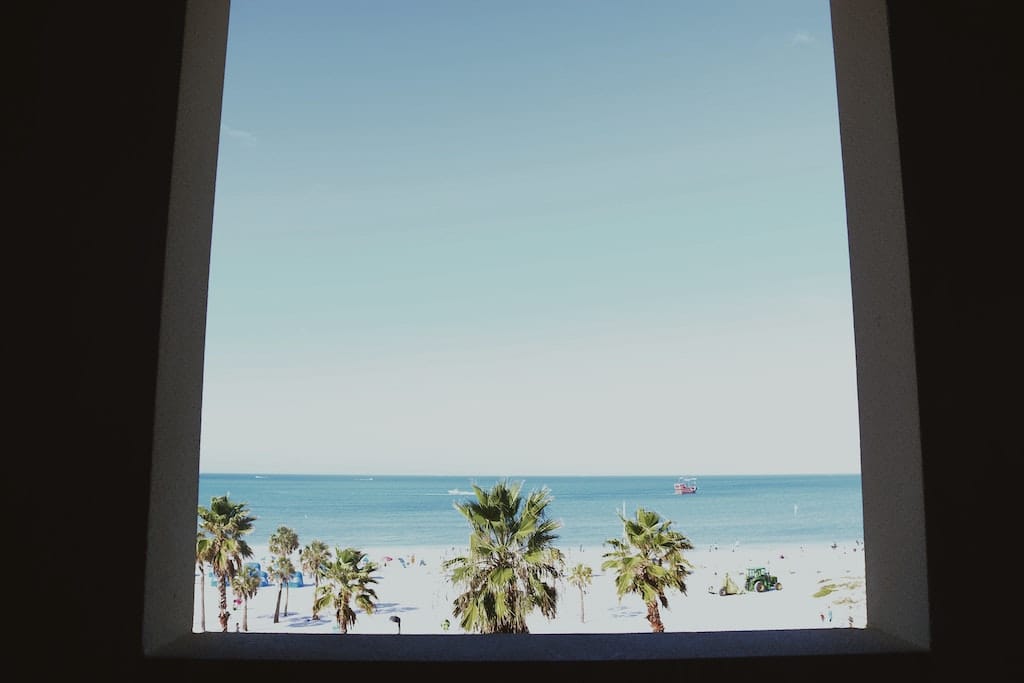All Categories
Featured
Table of Contents
Double Glazing Versus Secondary Glazing in Stirling Perth
Laminated glass is typically used in areas in the home most susceptible to injury from human effect such as restrooms, doors, around staircases and in areas close to the flooring (it satisfies the requirements of 'shatterproof glass' that is mandated for use in these areas by Australian Basic AS 1288 Glass in buildings).
Toughened glass has been 'tempered' by being reheated and rapidly cooled again. This process makes it much stronger than standard glass it can resist higher effect loads prior to breaking. It also makes it safer due to the fact that, when it does shatter, it gets into many little cubic pieces instead of harmful fragments.
Windows Of Opportunity: Your Guide To High-performance ... in Kardinya WA
Nevertheless, toughened glass has no thermal or acoustic advantages over other glass of the very same toning or thickness. Secondary glazing is where single-glazed windows are retrofitted with a transparent acrylic or glass sheet connected to the inside of the frame or openable sash with a secondary frame or with magnetic strips.


Secondary glazing will not carry out as well thermally as a made IGU, considering that it is impossible to completely seal the perimeter, but it can offer excellent sound control. Window movies are a thin polymer film containing an absorbing dye or reflective metal layer, with an adhesive support. They stay with your glazing to change its colour or make it reflective.
Double Glazing Vs Triple Glazing For Windows (2023) in Canning Vale Perth
Applied to existing glass, some window movies can halve the overall SHGC of the window by taking in and/or reflecting solar radiation. This can be especially useful in hotter environments where cooling is the main concern, or on east and west elevations directly exposed to long durations of sunlight. Window films might also lower visible light transmittance.

For this reason, it is usually best to utilize an accredited installer of window movie. Frames have a significant impact on the thermal efficiency of doors and windows, due to the fact that energy can be gotten and lost through the frame, along with through the glass. Various kinds of frame will allow various levels of heat gain and loss, so cautious choice of frame is necessary for reliable passive style.
Double Glazed Windows Melbourne - Upvc - German ... in Joondalup WA
Aluminium is also a really great conductor of heat and will reduce the insulating worth of a glazing system, unless particularly engineered to minimize this. A 'thermally broken' frame is made up of 2 aluminium sections linked by a structural insulator (normally a low-conductivity structural polymer). This 'breaks' the thermal connection through the aluminium and decreases the heat flowing through the frame.
Wood frames are a great natural insulator that can suit some home designs. Wood frames should be made from species that have naturally high toughness or be treated to avoid decay and contortion.
Stay Cool This Summer With Double Glazed Windows - Aaa Glass in Maddington Perth
Nevertheless, this can lead to spaces that enable air seepage unless great draught sealing (weather condition removing) is set up. u, PVC is a type of plastic (unplasticised polyvinyl chloride, also called stiff PVC). u, PVC frames provide outstanding thermal efficiency, frequently much better than lumber or thermally broken aluminium. u, PVC is long enduring and requires very little upkeep, and can be moulded into intricate profiles that offer excellent air seals.
u, PVC doors and windows have exceptional thermal efficiency Picture: Ben Wrigley (Light House Architecture and Science) Composite frames use aluminium profiles on the outer areas with either a wood or u, PVC inner section. These combine the low maintenance and toughness of aluminium with much enhanced thermal efficiency.
Latest Posts
How To Upgrade Your Garden's Summer House For Year- ... in Hilton WA
When Is The Best Time Of Year To Replace Windows? in Hovea Western Australia
Sustainability in Coolbellup Perth